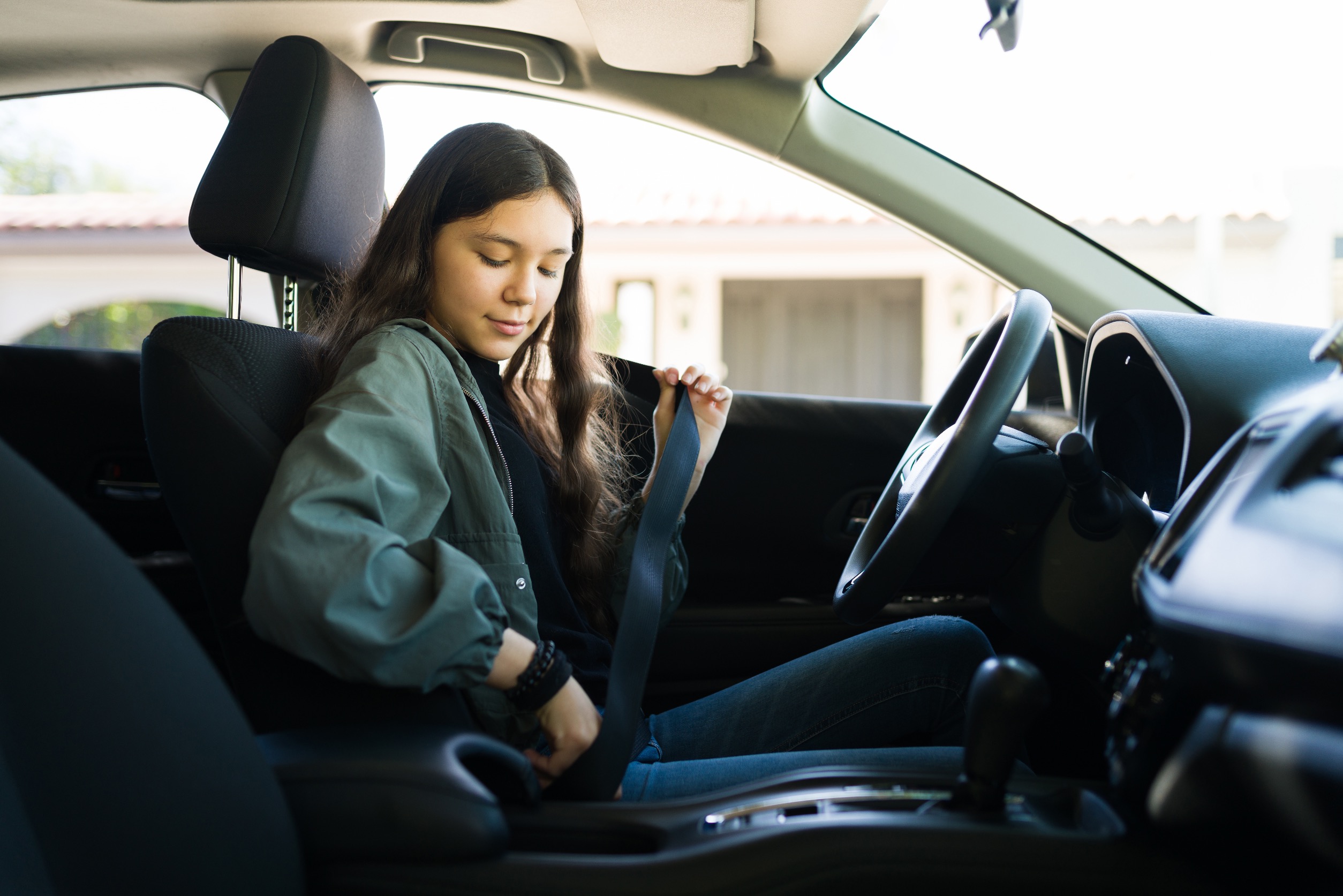Etiquette-ful Driving Guidelines
to Remember

Getting into the driver’s seat of a car means you agree to follow the driving guidelines set by law. Drivers know that they need concentration and skill, but even experienced drivers can do something wrong and not know it at the time. However, according to a recent study, when it comes to driving most people rate themselves above average.
In addition to knowing the law and possessing the skill of driving, courtesy plays a big role when out on the road. There are other drivers, pedestrians, and unpredictable situations. Remaining alert and mindful may fall within the laws of operating a vehicle, but they also fall within the realm of etiquette-fulness.
At Four-Way Stops Who Goes First?
The default rule: The vehicle on the right goes first.
- When vehicles are stopping at the intersection at different times, each proceeds in order of arrival.
- If two or more vehicles arrive simultaneously, the vehicle to each driver’s right goes first.
- If two cars are directly across from each other and pull up to the four-way stop at the same time; with one turning right and one turning left, the right-of-way goes to the vehicle turning right. (As they are both wanting to turn into the same lane of traffic, the sensical rule is that the vehicle turning right would go first, as it’s closes to the lane.)
- If you aren’t sure who arrived first, the car on the right has the right of way.
- In the very unusual case of four people arriving at the same time, someone will have to break the tie.
Knowing that you need to wait your turn is the best way to prevent accidents and frustration when you approach a four-way stop. Signaling is a must.
A friendly wave to someone to go first is communicatively kind. If anyone seems aggressive, let them go first.
Be Politely Assertive in Making Sure Everyone has Seatbelts On
- Except for New Hampshire, all states and the District of Columbia have seat belt laws.
- Laws that call for seat belt use are either “primary” or “secondary” enforcement laws.
- Primary enforcement laws permit police officers to pull over drivers and issue tickets because the drivers or their passengers aren’t wearing seat belts.
- Secondary enforcement laws means that drivers may not be cited for failure to wear a seat belt unless stopped by a law enforcement officer for violation of another law. - Rear-seat adult passengers also are covered by the laws in 33 states and the District of Columbia. Children are covered by separate laws.
Rolling Stops
Incomplete stops are known as “rolling stops,” and they are illegal and dangerous. A driver pulls up to a stop sign, look both ways, eases up on the breaks, and slowly rolls past the stop sign without coming to a complete stop.
- When drivers almost stop at a stop sign, they usually feel like they’re fully in control of the situation.
- The driver is not mindful of the possibility that they may have missed something in the less-than-one-second it took to sweep the intersection and decide to keep moving.
- The driver is also putting passengers and occupants of other vehicles at risk.
But stop means stop and the sign is recognized by other drivers, pedestrians and cyclists who can’t read the driver’s mind. When the brake lights come on, a pedestrian may assume it is safe to begin crossing the street. He is unaware that the driver plans to continue moving. Similarly, another vehicle driver on an opposing street may assume they have enough time to make it through the intersection. When the driver fails to stop, their actions prevent others from safely crossing the street without risk of being struck.
Tailgating Causes Accidents
Naturally, when in a hurry, this is one of the easiest driving guidelines to forget.
- The National Highway Traffic Safety Administration states that rear-end collisions account for 28% of highway accidents.
- Implement the Three-Second Rule: Increasing the distance between you and the car ahead can help give you the time you need to recognize a danger and respond safely.
Driving Guidelines to Always Keep in Mind
- No use of cell phones.
- Abide by speed limits.
- Pull over to the right for emergency vehicles.
- Always use turn signals.
Other cautions that will help make you a better driver:
- Pay attention to brake lights in the distances. Be ready to slow down.
- Shift to neutral when it’s slippery to stop more easily.
- Nobody likes a back-seat driver.
- Keep music at a volume that allows you to hear horns blowing or emergency vehicle sirens in plenty of time.
Saying Thank You is a Main Principle of Civility
When we are driving, it’s important to signal our thanks to other drivers, though it will be quick. Here are the polite possibilities:
- Raise your hand or nod your head and smile as a sign of approval.
- Give silent shout out, “Thank you!”
Don’t be disappointed if another driver doesn’t follow lawful or etiquette-ful driving guidelines. You know that you were helpful and did the right thing while behind the wheel. You might even say to yourself, “Good job!”














